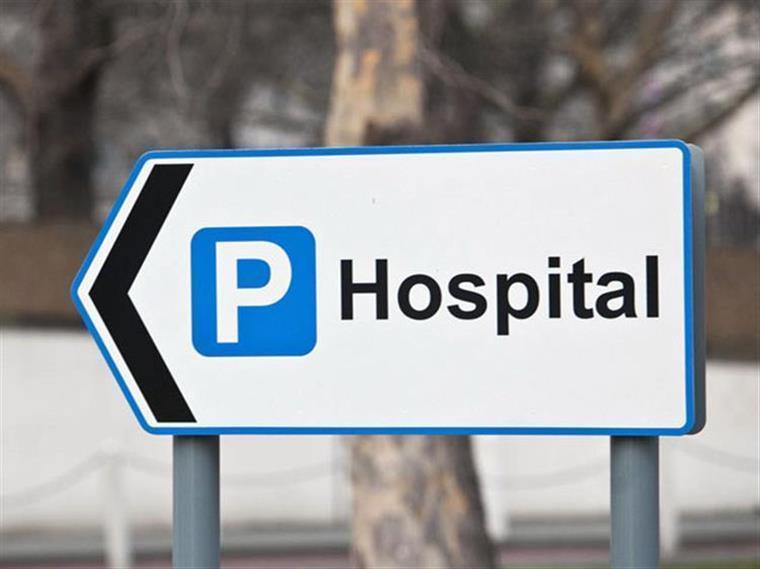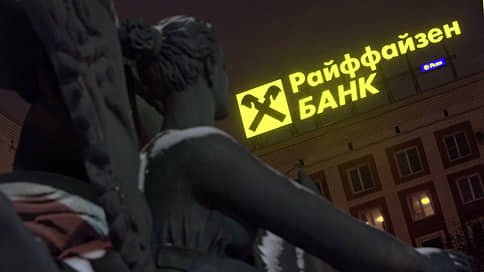The impact of interest on housing credit

Most housing credit contracts in Portugal are variable rate, indexed to Euribor. The Cycle of Board of Directors by the European Central Bank (ECB) since July 2022 has had a direct and significant impact at Euribor level, with immediate repercussions on the monthly loan charge. As a result, many Portuguese families had a considerable increase in their monthly installments.
According to data from Banco de Portugal, until September 2022, more than 80% of new housing credit contracts celebrated were a variable rate, about 12.5% mixed rate and only 5% fixed rate. In September of this year, the values were 82.3%, 12.4%and 5.3%, respectively. From then on, and with the aggravation of inflation-mainly dictated by climbing energy prices due to war in Ukraine and the disturbances in pandemic supply chains-there was a gradual change in the contract profile.
In August 2024, already with signs of inflationary deceleration and after the first cut in the ECB directs, the percentage of variable rate contracts reached a minimum of 15.08%. This month, 79.58% of the contracts were celebrated with a mixed rate and 5.34% with fixed rate. In February 2025, the latest data point to a slight recovery of the variable rate (22.6%), while the mixed rate retreated to 71.8%and the fixed rose slightly to 5.6%.
The behavior of the Portuguese in the choice between variable, mixed or fixed rate is directly linked to the MONETARY policy of the ECB and the options effectively made available by banks. During the negative rates, the bank rarely had consistent fixed rate alternatives. But now it seems to be the opposite: curiously, despite the successive interest rates from June, until the end of last year there was still a solid rate of fixed or mixed rate, although, however, this year, this option lost visibility. What happens is that both the Portuguese and the banks should follow the trend-variable when descending, fixed or mixed when it goes up-but also paying attention to levels: avoid fixing when the rates are very high, and it is clear when they are zero.
The CCB began the rise cycle on July 21, 2022, after more than a decade of unchanged rates. Until September 2023, ten consecutive climbs were performed, totaling 450 base points, until reaching 4%. Already from June 2024, a cycle of cuts began, with seven reductions until April 2025, setting the deposit rate by 2.25%.
The current trajectory of interest rates descent is supported by three main factors. The deflationist trend associated with US commercial tariffs applied to Europe and China. As these rates make it difficult to sell European and Chinese products in the US market, Europe becomes a preferred destination for the flow of these products. With more offer available from both Chinese and European products, prices tend to go down, thus contributing to the relief of inflation in Europe. The second is the appreciation of the euro, which makes exports more expensive, forcing the ECB to go down rates. And finally, the approach to the 2%inflation objective, allowing the ECB to support the fragile European economy. Market expectations point to ECB rates to surround the 1.5% by the end of 2025 – good news for those who have a variable rate, but less favorable for those who opted for the fixed rate.








